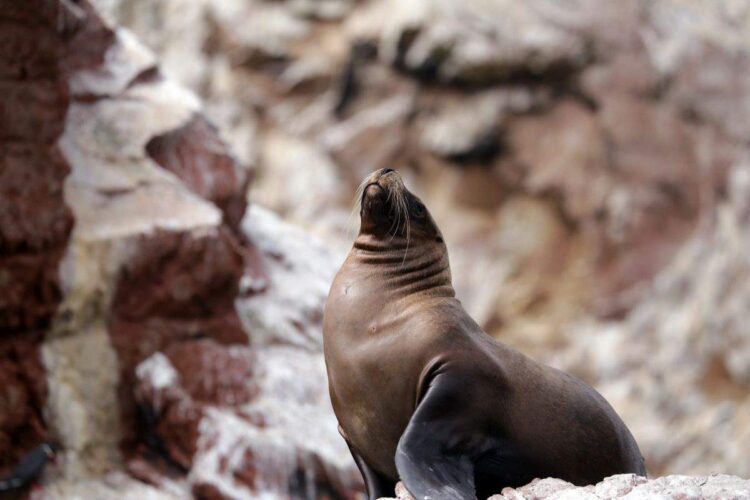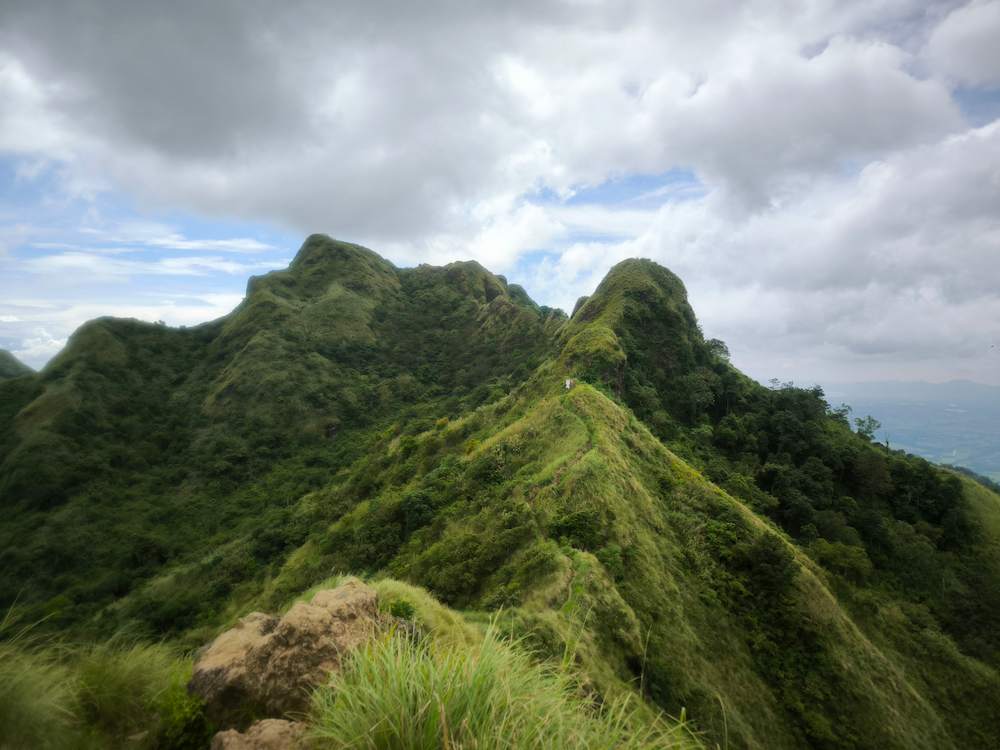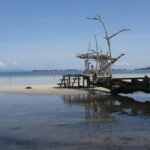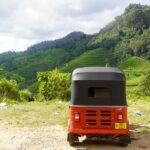Paracas
The small coastal town of Paracas in Peru is known for exactly 2 things. The offshore Islas Ballestas are the main attraction of Paracas and are often compared to the Galapagos Islands. The seemingly endless sand dunes with their fantastic colors are also worth a visit. The small town is located around 15 km south of Pisco and 220 km south of Peru. The small village has just 7,000 inhabitants and is an integral part of every tourist route through Peru. A visit to Paracas is often combined with a visit to the Huacachina oasis and the Nazca Lines. Even though the nature here is very charming, you should not expect a classic backpacking adventure. In addition to the tourists who stay overnight in Paracas, there are many day trips from Lima that head for Ballestas, the oasis of Huacachina and the Nazca Lines.
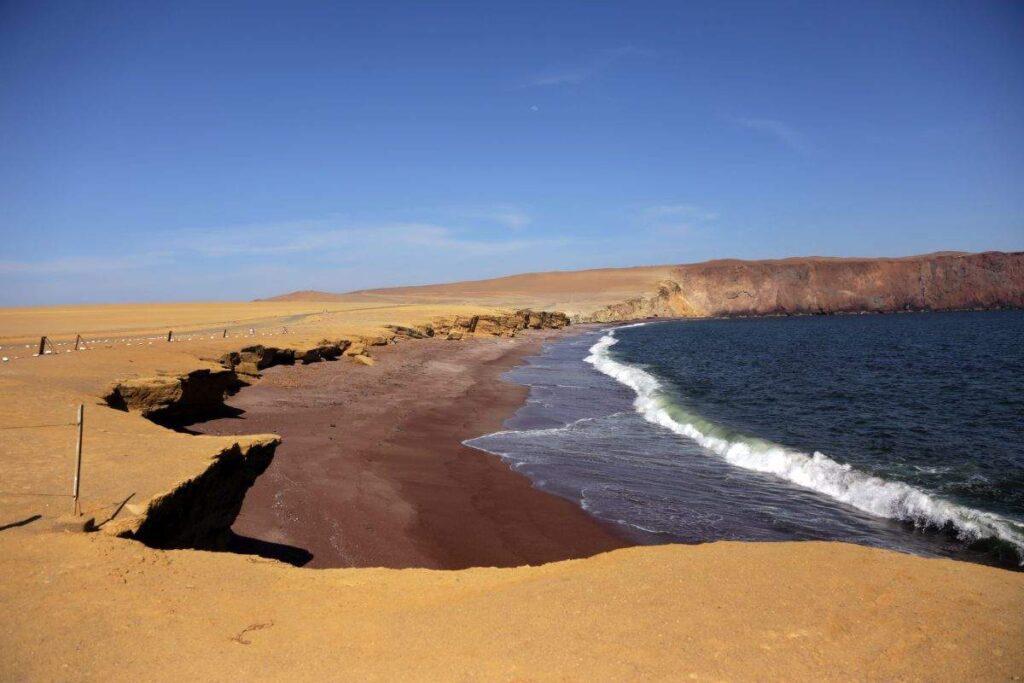
The Islas Ballestas
The Islas Ballestas are an island archipelago located about 20 km off the coast of Paracas. The Islas Balelstas consist of 3 islands – Ballestas Norte, Ballestas Centro and Ballestas Sur. In addition to bizarre rock formations and a geoglyph (similar to the Nazca Lines), the wildlife on the islands is super exciting. In addition to tens of thousands of sea lions, there are also several Humboldt penguin colonies, pelicans and thousands of other seabirds. The islands may not be entered and can only be visited on a tour. The tours last 2 hours and start at 8 or 10 in the morning – costing just under €12 per person. We were recommended the earlier tour as the sea is a little calmer at this time of day. We then set off towards the islands in a modern boat.
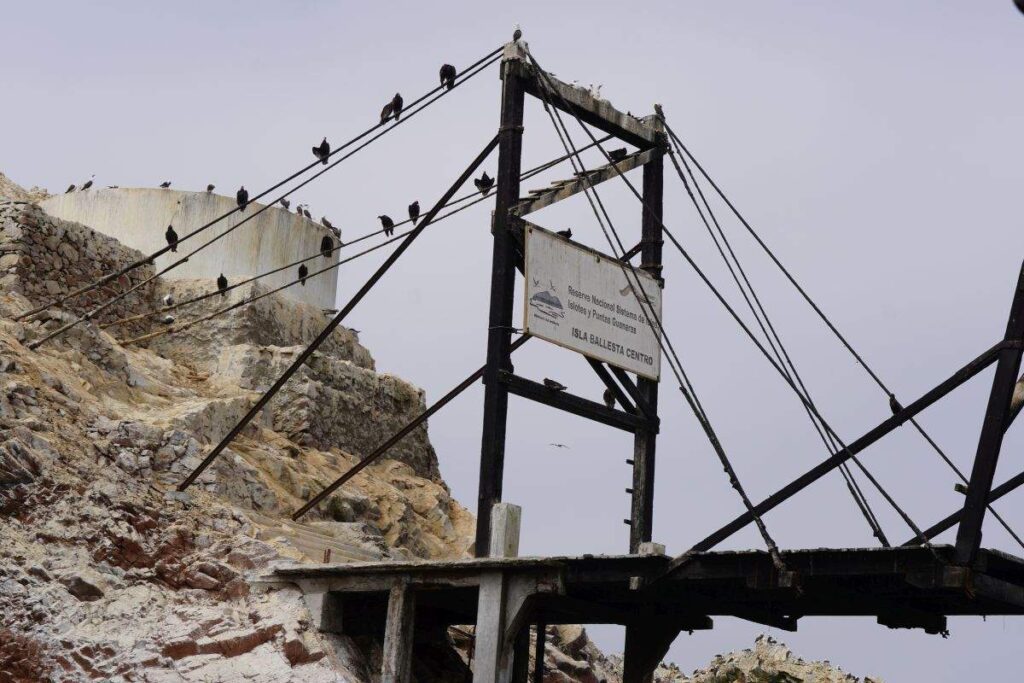
A guide explains and shows a few things along the way. The way things are explained and presented is a little too “American” for me. After reaching the islands, we are impressed by the masses of seals making themselves comfortable on the rocks. A little later, we spot the first penguins and are blown away. The boat also passes the “candelabra of Paracas”, a geoglyph carved into the sandy ground. The symbol is 180 meters long and is somewhat reminiscent of the Nazca lines.

Fauna der Islas Ballestas
As a little animal nerd, the islands were of course of particular interest, here we show you what you can expect:
Humboldt-Pinguine:
The Humboldt penguin grows up to 65 cm and is native to the coasts of Peru and northern Chile. You will almost certainly see penguins on your tour to the Ballesta Islands!
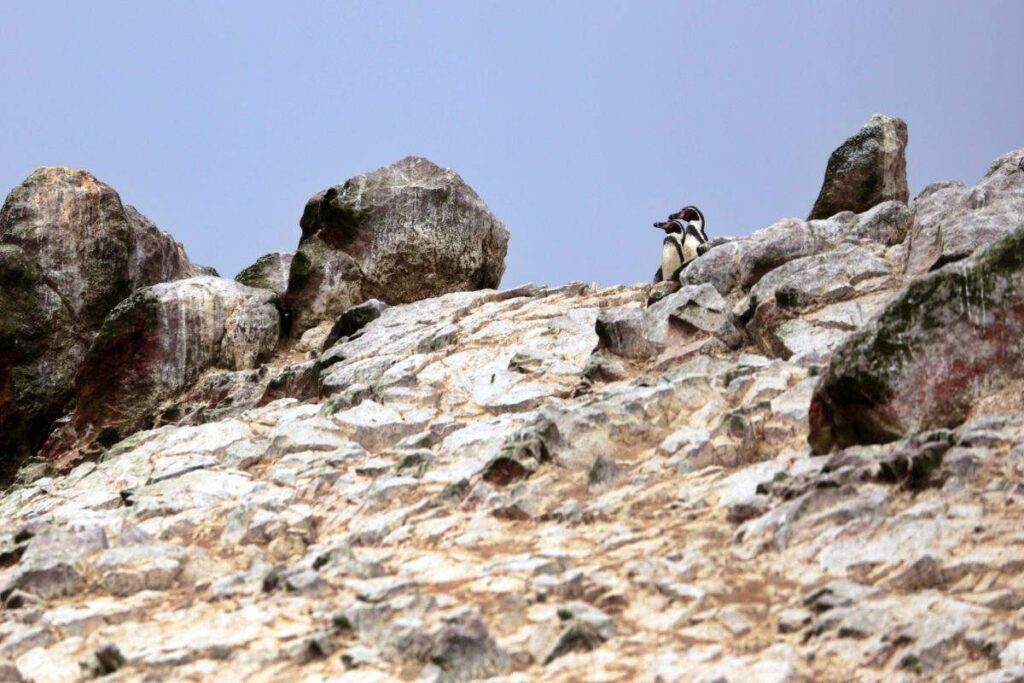
South American sea lion:
You will see thousands of South American sea lion on your tour to the Ballesta Islands. The South American sea lions sit on the rocks, splash in the water or jump straight into it. The seals belong to the genus of eared seals and can weigh up to half a ton and grow up to 2.50 m tall. The females are significantly smaller. The seal species is native to both the Atlantic and Pacific coasts. The seals are dark brown on top and yellowish underneath. The females, on the other hand, are light brown all over the body.
Guanay Cormorant:
The bird reaches a size of 71 to 76 cm and a weight of around 2 kilos. The Guanay Cormorant is native to the coasts of southern South America – you will almost certainly come across it.
Peruvian Pelicans
You will also see thousands of pelicans, either circling in the air looking for prey or sitting on the rocks. They reach a body length of up to 1.30 m and a weight of 2 – 4 kg.
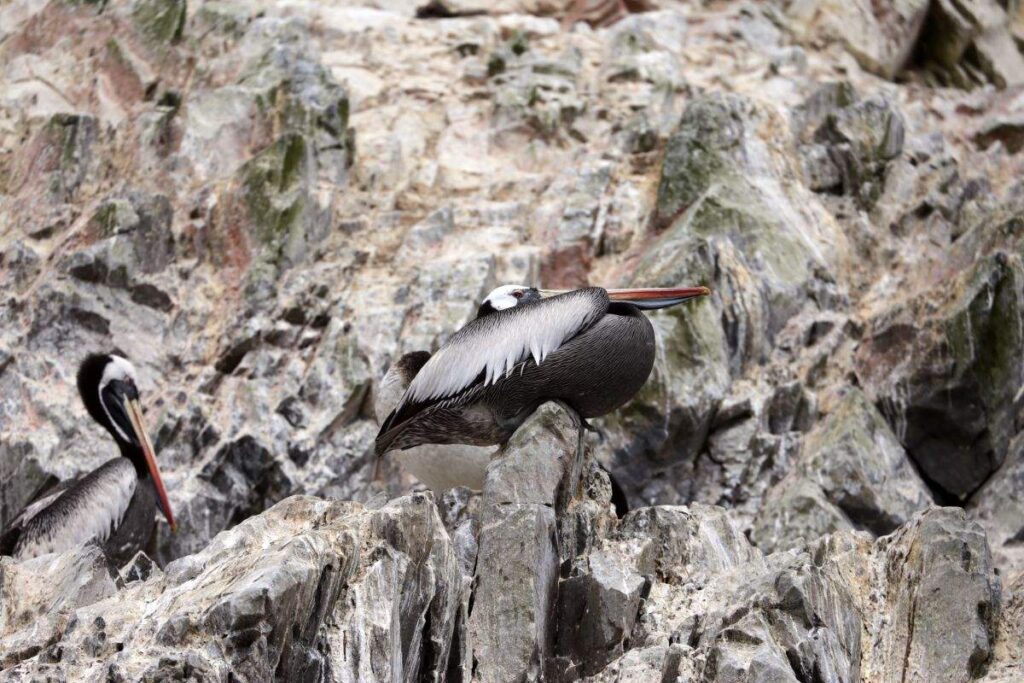
Other animals in the national park:
If you are on tour from August to October, you have the chance to see humpback whales. With a bit of luck, you also have the chance of spotting coastal otters.
Paracas National Reserve
We really liked the Paracas National Reserve. We rented bikes in the town and cycled through the desert. Although the bikes were pretty modest, we really enjoyed our little bike tour. The desert sand shines in shades of yellow and sometimes red, creating a wonderful contrast to the blue sea. In addition to the bike, the desert can also be explored by quad bike or scooter. The exploration on the quad/buggy takes place on a tour. Our recommendation: Take plenty of water with you, wear a hat, apply lotion carefully and get on your bike.
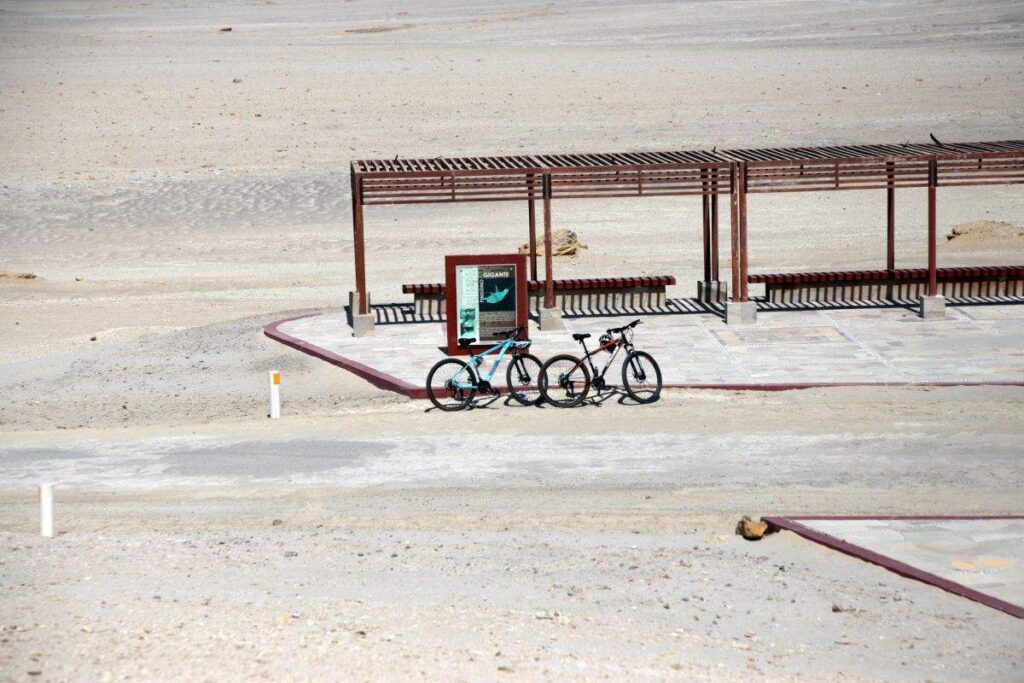
Tips for Paracas
- Don’t compare it to the Galapagos Islands – you’ll be disappointed!
- We have found the cheapest accommodation on site
- When touring in the desert, be sure to pack headgear, sun cream and water
- Binoculars or a zoom lens are advisable for observing the animals
Acommodation in Paracas
Paracas is on the itinerary of most visitors to Peru – the comparison with the Galapagos Islands sounds very exciting. As the small town is visited by hordes of tourists every day, there is a corresponding range of accommodation on offer. We looked for accommodation on site for 2 nights and then went on our excursions from there.
Eating out in Paracas
As you can imagine, a place like Paracas naturally offers a wide range of different restaurants, mainly for the tourist palate. But if you go a little away from the “urban center”, you can also find local restaurants with a good “Menu del Dia” for under €2. For breakfast, we got sandwiches with avocado or omelettes from the women at the harbor for very little money.
How to get to Paracas
Getting there and back is super easy, as there are lots of buses to Lima and Arequipa every day. If you want to go to Nazca and Ica, it is of course also relatively easy to get there.
In our case, we took a collectivo from Paracas to the main road, took another one to Ica and then continued from there to Arequipa. However, this was because we hadn’t booked anything and there was no direct bus from Paracas to Arequipa that day.


